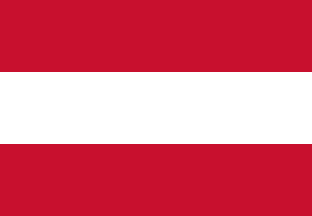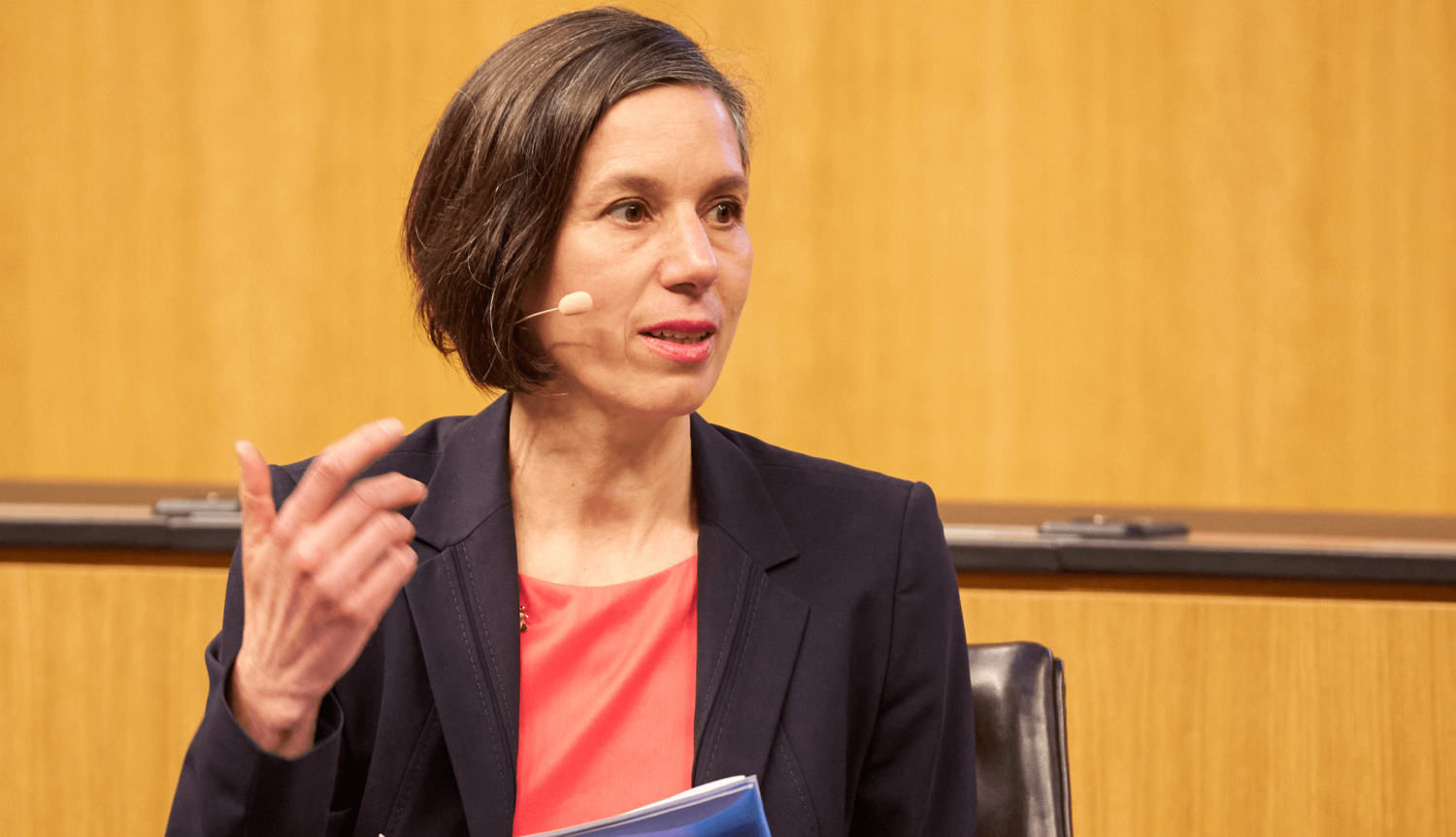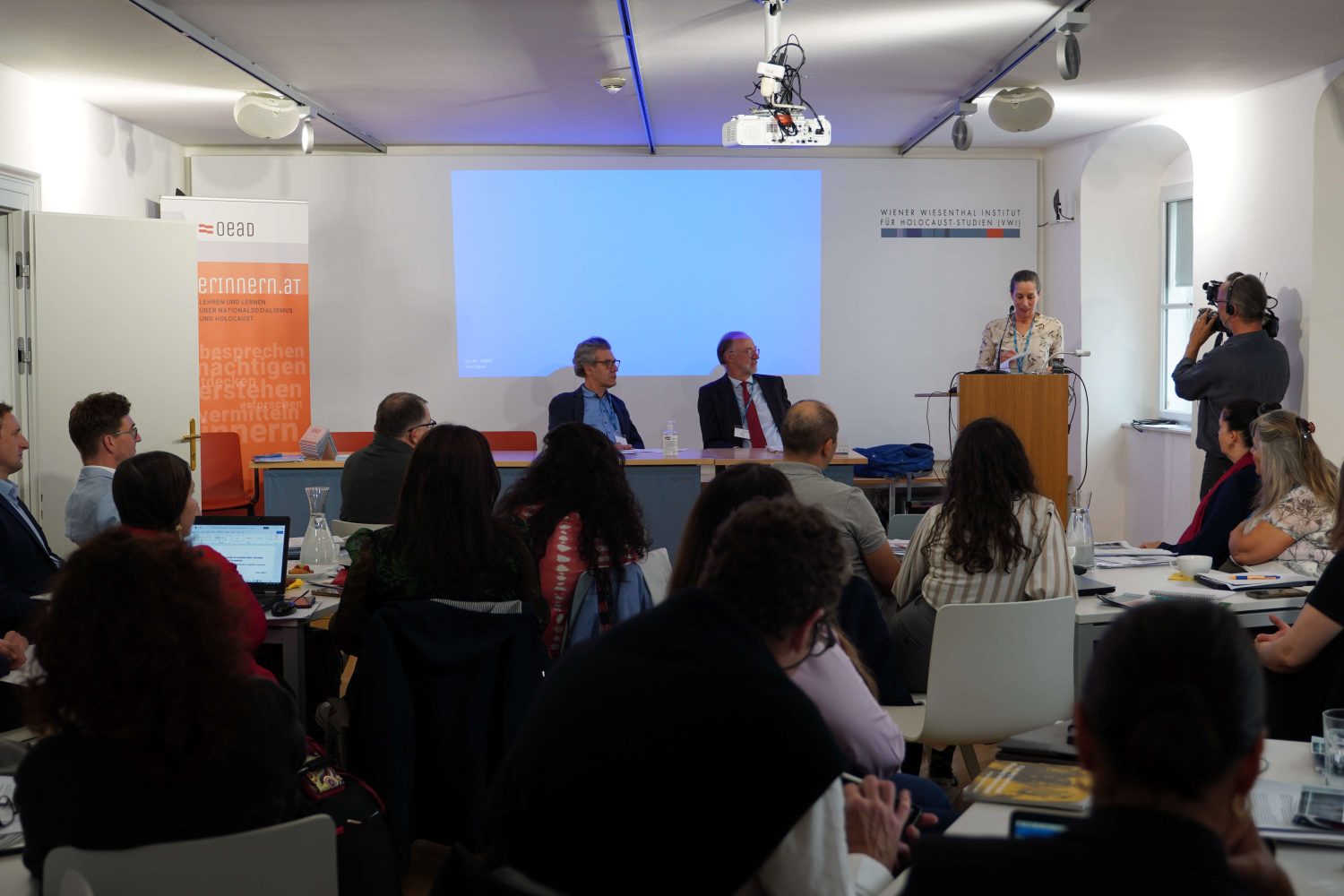
See all countries
- Argentina
- Australia
- Austria
- Belgium
- Bulgaria
- Canada
- Croatia
- Czech Republic
- Denmark
- Estonia
- Finland
- France
- Germany
- Greece
- Hungary
- Ireland
- Israel
- Italy
- Latvia
- Lithuania
- Luxembourg
- Netherlands
- North Macedonia
- Norway
- Poland
- Portugal
- Romania
- Serbia
- Slovakia
- Slovenia
- Spain
- Sweden
- Switzerland
- United Kingdom
- United States of America
Joined the IHRA
2001
International Holocaust Remembrance Day
27 January
National Day against Violence and Racism in Memory of the Victims of National Socialism
5 May
Hannah Lessing (National Fund of the Republic of Austria for Victims of National Socialism – Co-Head of Delegation
Helmut Boeck (Federal Ministry for European and International Affairs) – Special Envoy, Co-Head of Delegation
Michael Haider (Federal Ministry for European and International Affairs) – Deputy Head of Delegation
Andreas Kranebitter (Documentation Centre of Austrian Resistance) – Academic Working Group
Barbara Glueck (Mauthausen Memorial) – Museums and Memorials Working Group
Mirjam Karoly (Vienna Wiesenthal Institute for Holocaust Studies) – Academic Working Group
Antonio Martino (Federal Chancellery) – Academic Working Group
Lara Stock (Austrian Embassy Tel Aviv) – Academic Working Group
Moritz Wein (Federal Ministry of Education) – Education Working Group
Patrick Siegele (OeAD ERINNERN:AT) – Education Working Group
Ljiljana Radonić (Austrian Academy of Sciences) –Museums and Memorials Working Group
Since its IHRA Chairmanship in 2008, Austria has considerably increased its activities within the IHRA in various ways. Austria emphasizes the relevance of Holocaust education for understanding the origins and threat of genocide and related phenomena such as mass atrocities, antisemitism, religious intolerance, xenophobia and hate crimes: In this context the IHRA Working Definition of Antisemitism was adopted. Secondly, Austria makes efforts to ensure that IHRA expectations are maintained within the organization by establishing and updating IHRA’s Working Rules and through the introduction of a regular periodic reporting mechanism for member countries focusing on activities related to the Stockholm Declaration, and thirdly by directing IHRA’s first comprehensive evaluation process. Moreover, members of the Austrian delegation have been engaged in chairing Working Groups and Committees within the IHRA as well as in organizing and monitoring IHRA conferences.
Holocaust education, remembrance, and research in Austria
All IHRA Member Countries are asked to complete a basic questionnaire with key facts about the state of Holocaust education, remembrance, and research in their country. The answers to the questionnaire, and to the Country Report, if available, are provided by the national delegations, who are also responsible for keeping the information up to date.
Without making a qualification, which policy statements during the last seven years were the most important, a few statements by Austrian leading personalities reflecting some of the principle elements of the Austrian Holocaust commemoration policy shall be mentioned:
- In June 2018, Chancellor Sebastian Kurz addressed the American Jewish Committee (AJC) Global Forum in Jerusalem and underlined that Israel’s security is in Austria’s national interest and part of its Staatsraison and national interest.
- In January 2020 at the 5th World Holocaust Forum in Jerusalem President Alexander Van der Bellen recalled that Austria bears a responsibility for the Shoah. He also underlined this in his speech in April 2018 on the occasion of the 70th anniversary of the creation of the State of Israel.
- In January 2020, the President of the Austrian National Council, Wolfgang Sobotka, underlined, in his speech at the European Jewish Association’s symposium on the occasion of the 75th anniversary of the liberation of Auschwitz-Birkenau Camps, the role of the Austrian Parliament in the fight against antisemitism, Holocaust commemoration and education. He highlighted the need to cooperate on a European level and close our ranks against all forms of antisemitism and towards any direction it may come from.
- Further policy statements on commemoration include the yearly statements at the various commemoration events at the political level.
- In its working programme the Austrian Government has committed itself to focus on the continuation of an active commemoration policy and to safeguard Holocaust education as well as to combat antisemitism in education.
- Under Austrian EU-Presidency in November 2018, Federal Minister of Education, Science and Research Heinz Faßmann invited EU Ministers of Education to promote the adoption of the IHRA working definition of antisemitism. He underlined that an active remembrance policy must represent an integral part of school education.
- During his working visit to Israel in February 2019 Minister Faßmann underlined the importance of the successful cooperation between the Holocaust Education Institute _erinnern.at_ and Yad Vashem in the field of teacher training.
- In January 2020 at the occasion of the International Holocaust Remembrance Day Faßmann reaffirmed the importance of active remembrance measures in education, which has been laid down in the new government programme.
- On 10 October 2020 Minister Faßmann commended IHRA on the adoption of the working definition of antigypsyism.
- On the day of commemoration of the Genocide committed against the Roma and Sinti on August 2, 2020, the Austrian Federal President, Alexander van der Bellen said, after regretting that the fate of the Roma and Sinti has been neglected and forgotten for a long time: We must take care that contempt for human beings, scapegoats, hatred and violence will never again be used as political instruments.
- Two recent events with highest Austrian political representation that should be specially highlighted in this context are the opening of the New Austrian national exhibition at Auschwitz and the inauguration of the Shoah Wall of Names Memorial.
- The President of the National Council, Wolfgang Sobotka, and the Director of the Auschwitz-Birkenau State Museum, Piotr M. A. Cywiński, hosted the memorial service at Auschwitz to mark the exhibition opening. Dignitaries in attendance included the Polish Deputy Prime Minister and Minister of Culture Prof. Piotr Gliński and Auschwitz survivor Marian Turski, and, on behalf of Austria, Federal President Alexander Van der Bellen, Second President of the National Council Doris Bures, President of the Federal Council Peter Raggl, Foreign Minister Alexander Schallenberg, Federal Minister for the EU and Constitution at the Federal Chancellery Karoline Edtstadler, Health Minister Wolfgang Mückstein, State Secretary for the Arts and Culture Andrea Mayer and the President of the Jewish Community Vienna Oskar Deutsch. Secretary General Hannah Lessing moderated the event.
- On 9 November 2021 the inauguration of the Shoah Wall of Names Memorial took place in the presence of Federal President Alexander Van der Bellen, National Council President Sobotka, Federal Minister for the EU and Constitution at the Federal Chancellery Karoline Edtstadler, Foreign Minister Alexander Schallenberg, City Councilor Verena Kaup-Hasler, Israeli Minister for Diaspora Affairs Nachman Shai, President of the Jewish Community of Germany, and initiator and Holocaust survivor Kurt Yakov Tutter.
- On January 21, 2021, Federal Minister for the EU and the Constitution Karoline Edtstadler presented the National Strategy of the Austrian Federal Government to combat and prevent all forms of antisemitism. More information here
- The National Strategy sets out a holistic approach to prevent and combat all forms of antisemitism and foster Jewish life in Austria. It aims to provide long-term prospects for Jews in Austria, and thereby safeguard Jewish life for generations to come.
- The Strategy comprises 38 specific measures at a societal level and within the fields of education and research, security, law enforcement and integration.
- Since the presentation of the National Strategy in January 2021, 29 measures have been launched. Nine measures have already been fully implemented. One of the most relevant measures of the Strategy is the tripling of investments for the protection of Jewish institutions and the promotion of Jewish life to four million euros each year as well as long-term legal protection (Austrian-Jewish Cultural Heritage Act — passed unanimously by the national parliament on 24 February 2021).
- Each year, on 5 May, day of the liberation of the Mauthausen concentration camp, a national ceremony takes place in the Austrian Parliament. At the Mauthausen Memorial there is an annually ceremony commemorating the liberation of the camp with thousands of participants from all over the world, including representatives of the Austrian government.
- In May 2022 an official commemoration ceremony at the highest political level took place for the first time at the former Gusen concentration camp.
- In addition, there are more than 100 commemorative events at places of former side camps of Mauthausen and other sites of National Socialist crimes organized by local initiatives or communities, city councils etc.
- Memorial events around 27 January are also held as well as commemoration of the November Pogrom 1938 (“Reichskristallnacht”), of the mass murder of Hungarian Jewish forced laborers at Rechnitz, Burgenland in March 1945 and many other events as well.
- Academics in Austrian universities conduct a lot of research concerning various aspects of the Holocaust. Most of them are established at the Institutes of Contemporary History, like at the universities of Vienna, Linz or Innsbruck or in the department for Contemporary History within the Institutes of History like at the universities of Graz, Salzburg or Klagenfurt respectively.
- Additionally, there are institutes for Jewish history for instance at the University of Salzburg – Zentrum für jüdische Kulturgeschichte, which was leading at the development of the new Austrian exhibition at the Auschwitz memorial. The Center for Jewish Studies at the university of Graz devotes most of its research to other questions of Jewish history in Austria. It is worth mentioning that at the historical institutes internationally well-known researchers on the Holocaust are in leading positions, like Dirk Rupnow (Innsbruck) or Dieter Pohl (Klagenfurt) or Bertrand Perz (Vienna). General specific programs do not exist but wide spreading research projects conducted at the universities fulfil similar tasks.
A lot of research is published in Austria each year – research conducted at the abovementioned university institutions, research done in the course of PhD thesis, research by local/regional researchers and NGOS. Most of it is published either in print or as e-publication or download. Therefore, to answer this question would require an indepth bibliographical search and would result in quite a comprehensive list of publications. The following few examples might give some impression of the wide range of research being done in Austria:
There are publications concerning deportation and murder of Austrian Jews:
- Letzte Orte vor der Deportation: die Wiener Sammellager 1941/42 (Last places before the deportation: collecting camps in Vienna 1941/42), edited by Dieter Hecht, Michaela Raggam-Blesch, Heidemarie Uhl, Mandelbaum-Verl. Wien 2019.
- Jahrbuch Dokumentationsarchiv des österreichischen Widerstandes 2019. Deportation und Vernichtung – Maly Trostinec (Yearbook of the Documentation Center of Austrian Resistance 2019. Deportation and Extermination – Maly Trostinec), edited and published by Dokumentationsarchiv des österreichischen Widerstandes, Wien 2019.
- Another important publication deals with the survival of Viennese Jews in hiding and was placed on a short list of 4 books and awarded the title of runner-up by Yad Vashem in the course of Yad Vashem International Book Prize for Holocaust Reserach in 2021.
- Brigitte Ungar-Klein, Schattenexistenz. Jüdische U-Boote in Wien 1938-1945 (Existing in the shadow. Jews in the underground in Vienna 1938-1945), btb Verl. München 2021, first edition Vienna 2019.
Further research was done on the persecution of representatives of academic professions like lawyers:
- Advocats 1938, edited by Ilse Reiter-Zatloukal, Barbara Sauer, Verein zur Erforschung der anwaltlichen Berufsgeschichte der zwischen 1938 und 1945 diskreditierten Mitglieder der österreichischen Rechtsanwaltskammern (Association for the research of the professional history 1938-1945 of the members of the Austrian laywers chamber), 2. deutlich erweiterte Aufl. (second edition) Manz Verl. Wien 2021.
Research is done concerning looting of Jewish property by firms or enterprises like the wine producing association in Krems, Lower Austria, „Sandgrube 13“:
- Brigitte Bailer, Gerhard Baumgartner, Bernhard Herrman, Robert Streibel, „Arisierung“ und Restitution der Kremser Weingüter der Familie Robitschek (Aryanisation and Restitution of the vineyards of the family Robitschek in Krems), Vienna 2020. More information here.
One important survey (see here) was conducted in 2014. The survey was about the knowledge and the attitudes concerning Austrian National Socialist past and Austria’s dealing with this past.
- In Austria, learning about the Holocaust is mandatory for all students in grade 8 and 12. The genocide of the Roma is addressed in connection with the Holocaust and other Nazi crimes. Accordingly, Austrian textbooks for history teaching address the Holocaust and to certain degree the genocide of the Roma, albeit less comprehensive. In a bilateral project between the Austrian and the Israeli Ministries of Education, a joint textbook committee examined Austrian (and Israeli) textbooks for history teaching and formulated a set of recommendations to further develop these textbooks. See here These recommendations are disseminated and discussed with the Austrian target groups, such as schoolbook authors, editors and schoolbook assessors.
- Additionally, there are other learning and teaching materials that are provided for schools, many of them are e-learning tools, for example there is a program based on eyewitnesses: Weitererzählen ,a learning app: Fleeing the holocaust or a digital map encompassing memorial sites in Austria, Digitale Erinnerungslandschaft and information on The genocide of the Roma. A variety of printed materials are very well accepted by schools, for example the series of books specially developed for young readers is the National Socialism in the Austrian Provinces.
For an overview on learning materials pls. visit here
- Apart from _erinnern.at_ there are other organizations like Mauthausen Memorial, the House of Austrian History, the Documentation Centre of Austrian Resistance, Lern- und Gedenkort Schloss Harheim, Gedenkdienst, local memorial sites and numerous NGOs, which provide teaching materials about the Holocaust for Austrian learners.
- Christoph Kühberger, Herbert Neureiter: Zum Umgang mit Nationalsozialismus, Holocaust und Erinnerungskultur. Eine quantitative Untersuchung bei Lernenden und Lehrenden an Salzburger Schulen aus geschichtsdidaktischer Perspektive. Wochenschau Verlag 2017. In this local study, the authors demonstrate the successes and limitations of further development of history teaching in the fields of National Socialism, Holocaust and Memory Culture.
- Philipp Mittnik, Georg Lauss, Sabine Hofmann-Reiter: Generation des Vergessens? Deklaratives Wissen von Schüler*innen über Nationalsozialismus, Holocaust und den Zweiten Weltkrieg. This local study is based on a survey of Viennese school children. It gives an insight into the knowledge that young people have in regards to the history of National Socialism and Holocaust.
- More than 900 organizations in Austria are listed as Holocaust related. These organizations are active on various levels and in various regional surroundings – there are a lot of small groups dedicated to the history of a region or town, others are working on a provincial or a federal level. To give details on all of these groups it would need much more space than provided in this questionnaire, these details can be found in the above mentioned list. The organizations that are active on a federal Austrian level as well international level are the National Fund of the Republic of Austria for the Victims of National Socialism, the Documentation Center of Austrian Resistance, the Wiener Wiesental Institut für Holocaust-Studien, the Erinnern.at, the Mauthausen memorial.
- On 4 October 2021, the new Austrian national exhibition “Far Removed. Austria and Auschwitz” was opened in Block 17 of the former main camp of the Auschwitz-Birkenau concentration and extermination camp, marking the completion of a long-standing project of the National Fund. The curatorial-scientific team led by Hannes Sulzenbacher (overall management) and Albert Lichtblau (scientific management), which also included Siegfried Göllner, Birgit Johler, Christoph Mai, Christiane Rothländer and Barbara Staudinger, was responsible for developing the content. The new exhibition was designed by Martin Kohlbauer.
- The House of Austrian History dedicated an exhibition space named after Alma Rosé (1906–1944), director of the women’s orchestra in Auschwitz-Birkenau, to temporary exhibitions on National Socialism and the Holocaust. In 2021, the House of Austrian History designed the international touring exhibition The Vienna Model of Radicalisation. Austria and the Shoah.
- On the initiative of the Holocaust survivor Kurt Yakov Tutter and the Association for the Creation of a Shoah Wall of Names Memorial, there was an implementation of the important remembrance project which started in 2018. The Shoah Wall of Names Memorial created a memorial for the Jewish children, women and men from Austria who were murdered in the Shoah and it also intends to foster an awareness of remembrance, for present-day Austria as well as for its future generations. The Shoah Wall of Names Memorial will provide a central yet peaceful place where people can recall the fate of the approx. 65,000 Jewish victims and pay tribute to their lives. The Shoah Wall of Names was inaugurated on 9 November 2021.
- See above, in particular point 9.
- There is no overview covering all the more than 900 organizations. But many of them receive public funding in one way or the other – regular support or funding of concrete research. Those named at question 9. all receive the main part of their budget by public funding.
- The statements mentioned under point 1 reflected in most cases the concern of Austrian politicians that the Memory of the Holocaust may help preventing future crimes of genocide and mass atrocities and the importance of relevant awareness building.






